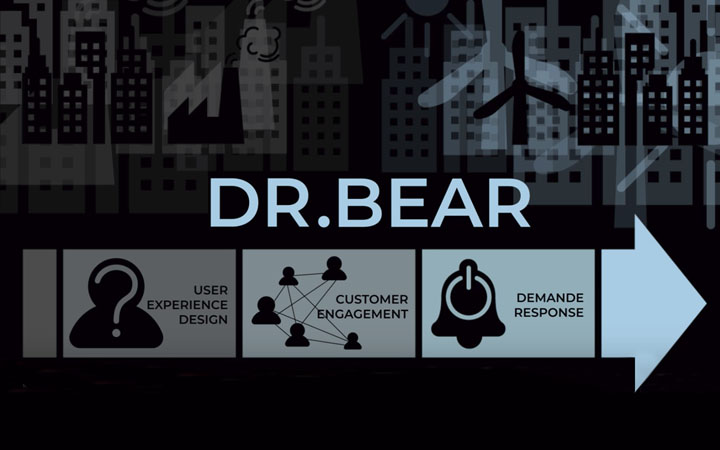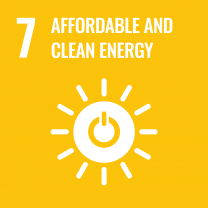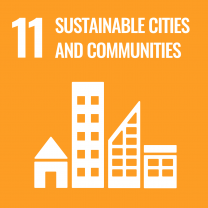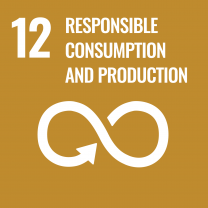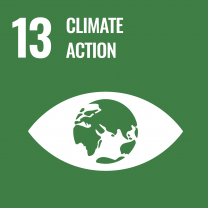Author
Sustainable development goals
Themes
Tools
What does the promoted behavioral change consist of?
In traditional Demand-Side Management (DSM), changes in energy consumption are usually achieved in response to price signals, but they can be triggered also by other type of incentives. In particular, Behavioral Demand Response (BDR) is based on the idea that demand reduction can be achieved through behavioral change by providing feedback to individual and communities about their energy use, so to modify future actions. It is not a new concept, but only in the last years it has been possible to make it work effectively thanks to the deployment of new metering infrastructure (Smart Meters) and communication channels (In-Home Displays or home-area networks), that made a large amount of data available in real-time to gather information on personal and business energy use.
Behavioral Demand Response tends to focus on educating consumers and encouraging individual action to achieve energy savings, such as scheduling the use of appliances, reducing the use of artificial lighting, etc. BDR builds on the fundamental concept of using neighbour comparisons to encourage residential customers to reduce peak usage, relying on pre/post-event communications to provide customers with information and motivation to reduce their electricity consumption on days of high peak demand.
What are the main features of the tools designed/implemented to promote behavioral change and how have they been tested?
What results have been achieved? What are the potentials and obstacles?
These revenues are not enough to cover the costs incurred to aggregate a large number of distributed flexible capacity with residential DR programs: these are around 100-120 £/yr for each customers, with an additional 60 £ expenditure in case of DLC programs to install 3 to 6 smart plugs. A winning strategy will be to stack the benefits across different DR applications, combining the revenues coming from the balancing market with the avoided cost in the wholesale market. In order to maximize the value captured and avoid intermediate transactions, it is fundamental that the role of the aggregator coincides with the supplier.
To conclude, the current market conditions do not make residential DR a profitable business yet, but there is a significant potential that could be unlocked in the near future, with the diffusion of electric space heating, electric vehicles, and batteries to increase the flexible capacity, combined with a change in regulation. While waiting for this evolution, more trials and pilot projects are needed, such as the one applying DR.BEAR framework, to understand the optimal strategy, and to be ready to bring it to the real market.
[last update: 29/4/2019]
Research team at PoliMi
Francesco Causone, Marco Mussetta – DENG
Marco Domenico Santambrogio – DEIB
Other partners
Sara Filipponi – SIEMENS
Valentina Fabi, Stefano Paolo Corgnati, Marta Botter – PoliTo
PROJECT
DR. BEAR: Behavioural and Energy Analysis in Residential Environment (2018)
ASP (Alta Scuola Politecnica) project

